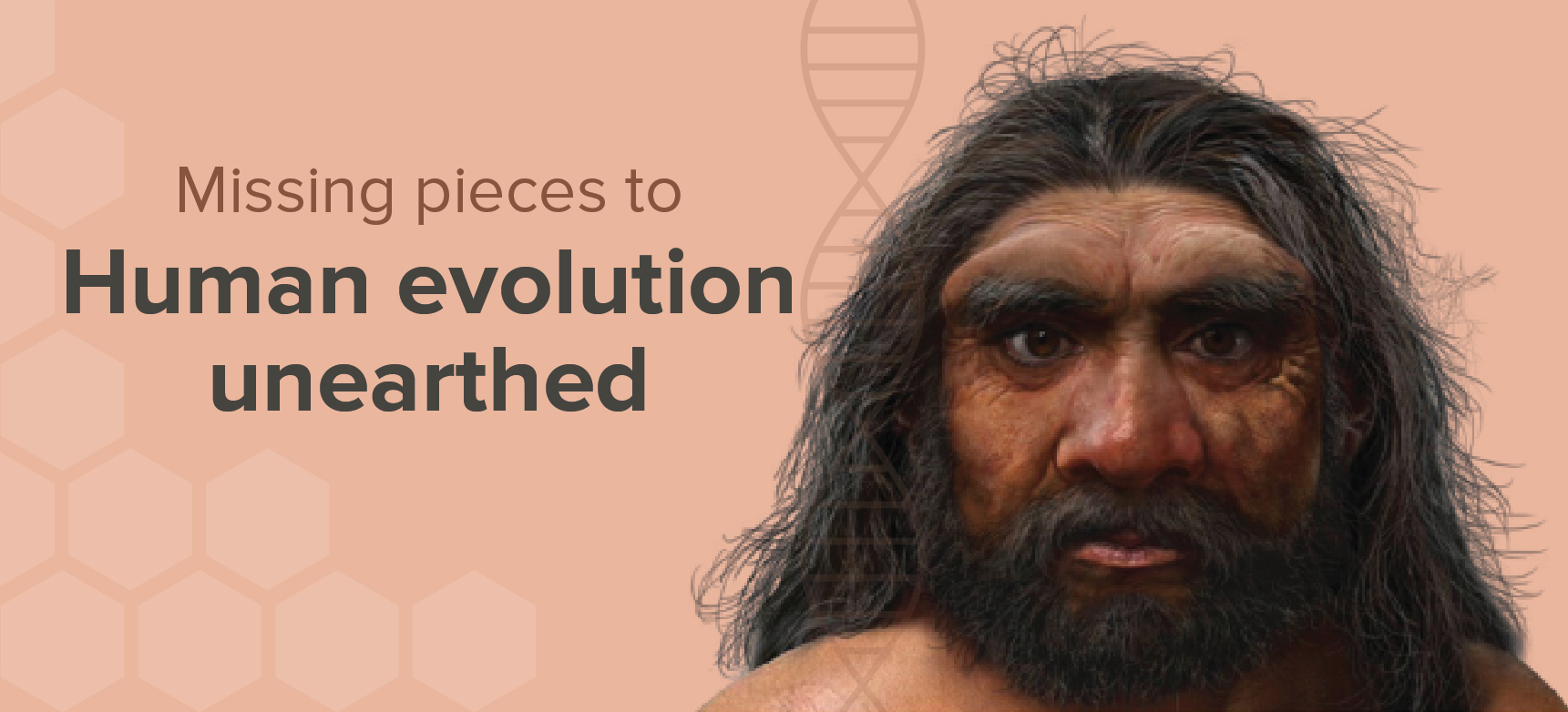
Here is some exciting news that might change the way we look at evolution. We may have found our closest-resembling early man and possible proof of an entirely new human species that existed several thousand years ago.
Excited to know all about it?
A couple of weeks ago, researchers from China claimed that they have found our closest ancestor. They worked on a 1,40,000 year-old fossilised skull and their findings suggest that the ‘Dragon Man,’ as they call it, is more related to Homo sapiens, the only species of humans alive today.
Dragon Man! Makes you curious doesn’t it? To clarify, NO this early man’s features did not resemble that of a dragon’s. The skull was retrieved from the Dragon river in China, which led the scientists to arrive at this nickname.
So how is the Dragon Man’s discovery significant?
Among experts, It is widely believed that the Neanderthals, who are now extinct, are the closest relative of our own species. However, this discovery suggests that Homo longi (which is the actual species name of The Dragon Man) is the actual group that is genetically most similar to us.

The skull of Homo Longi Courtesy: Twitter feed of Decameronshow
History behind the Homo Longi
While you may be fascinated by a possible replacement of Neanderthals as our closest ancestors, the history of the discovery has an interesting anecdote as well.
The fossilised skull was found in Harbin, North East China as early as the 1930s. A labourer had hidden and preserved the skill for 85 years before handing it over to Ji Qiang, a professor at Hebei GEO University, in 2018.
And after extensive research for over two years, they claim that Dragon Man is more closely related to Homo Sapiens than the Neanderthals.
Features that stand out
After running tests using 600 parameters, the team deduced that the cranium belonged to a man around 50 years old, living in forested floodplains.
Compared to us, he had larger eye sockets, thicker brow ridges, a wide mouth and really big teeth.

This is how the Dragon Man may have looked Courtesy: Twitter feed of CBS news
These are typical early human features, right?
However, the Harbin cranium ( the skull that was discovered in Harbin) seemed more evolved, making it similar to ours.
It has primitive and derived characters, the scientists say. For instance, he had a large well developed brain, which is comparable to modern humans.
In fact, scientists believe that these features make it different from the other species of the Homo genus discovered so far.
Also, they estimate the Dragon Man lineage to have greater physical strength. They are believed to be hunter-gatherers who traveled across Asia.
Considering the areas they inhabited and their physical traits, the researchers who came up with the findings assessed that they could also withstand extreme cold.

This is how the experts visualised the dragon man Courtesy: Twitter feed of CNN International
How is this discovery interesting?
Where do we even begin?
A possible new species that could change evolutionary biology has just been unearthed.
However, there are other interesting aspects as well.
First, the experts who studied the skull were impressed by the near perfect condition of the fossil. “I think it’s one of the most important finds of the last 50 years. After more than an estimated 146,000 years buried in sediment and a few more decades in hiding, the skull seemed as good as new.
Second, after the study was published by scientists from China and London, it sparked off a fierce debate. The researchers who studied the skull are certain about their findings, but other scientists are exploring multiple deductions.
Do these remains represent primitive examples of Homo sapiens, Neanderthals, a human group called the Denisovans, or something else entirely?
Even as you read this article, scientists are putting their heads together to come up with a possible answer!
Other important discoveries
No matter what the deduction, you all would agree that the Dragon Man is one of the most interesting findings of recent times.
However, almost simultaneously, another group of scientists unearthed a fossil in Israel.
At at the Israeli site of Nesher Ramla, scientists have recovered a skull that may represent a member of a distinct Homo population, which lived in and near modern-day Israel about 4,20,000 years ago. The researchers have noticed resemblances between the new finds and ancient “pre-Neanderthal” groups in Europe.
How do you think the discovery will impact what we know about human evolution? Tell us in the comments below.
Aparna is a mom, singer and dreamer. At BYJU'S, she writes stories about learning for children. She believes in the power of music, especially ghazal, the magic of the universe and happy learners. When not writing or singing, you will find her intensely engaged in conversations about life and the power of words.